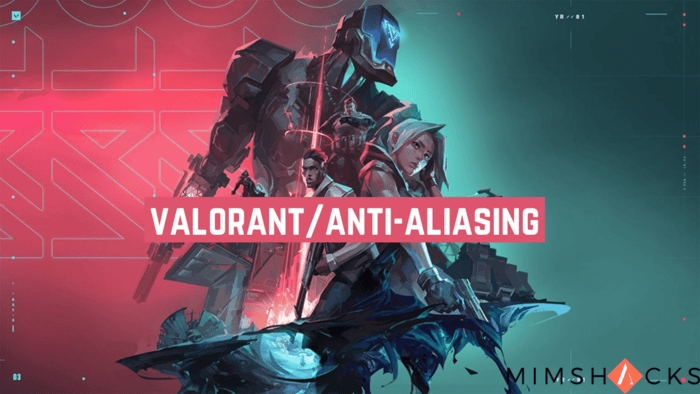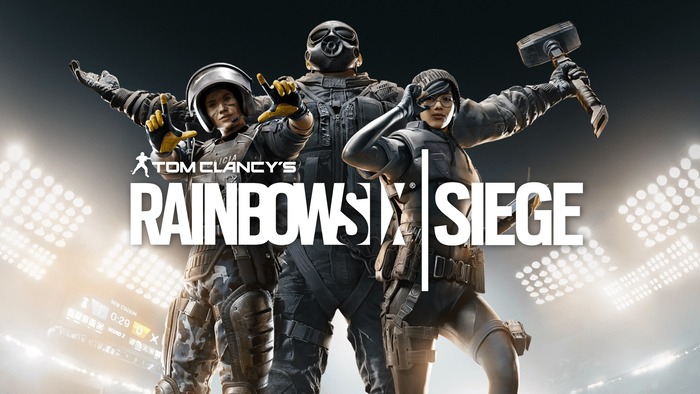How Valorant/Anti-Aliasing Impacts Performance?
Anti-aliasing in Valorant smooths jagged edges on objects, making the image look more realistic by reducing the “stair-step” effect on diagonal lines and curves.
Hello, Valorant players and graphics fans! Today, we’re exploring how anti-aliasing improves smooth edges and sharp visuals.
If you’ve ever noticed jagged lines in games or wondered how to improve Valorant’s appearance, this is for you.
Let’s dive into this essential graphics setting and see how it can boost your gaming experience!
Anti-aliasing smooths out jagged edges in computer graphics. “Jaggies” or the “stair-step effect” happens when diagonal lines or curves appear on a pixel grid. Anti-aliasing blends edge pixels’ colors to create smoother lines.
Key points about anti-aliasing:
- Reduces jagged edges to improve visual quality
- Can affect performance based on the method used
- Different types offer varying quality and performance balances
- Important for enhancing the gaming experience

Types of Anti-Aliasing in Valorant
Valorant provides several anti-aliasing options, each with its strengths and limitations:
Supersample Anti-Aliasing (SSAA)
- Renders the image at a higher resolution and then reduces it.
- It delivers the highest quality but is the most performance-heavy.
- Modern games rarely use SSAA because of its significant performance cost.
Multisample Anti-Aliasing (MSAA)
- Samples of polygon edges multiple times per pixel.
- It provides a solid mix of quality and performance without compromising either.
- It works well on geometric edges but is less effective on textures.
Fast Approximate Anti-Aliasing (FXAA)
- Smooth edges in the final image using a post-processing technique.
- It runs fast with little effect on performance.
- It may blur textures.
Temporal Anti-Aliasing (TAA)
- It uses data from previous frames to smooth out the current frame.
- Effectively reduces shimmer during motion.
- It can introduce some blur, especially on moving objects.
Subpixel Morphological Anti-Aliasing (SMAA)
- It blends features of MSAA and FXAA.
- It offers a solid mix of quality and performance.
- It causes less blur than FXAA while being more performance-friendly than MSAA.
Best Anti-Aliasing Settings for Valorant
The optimal settings vary based on your hardware and preferences, but here are some guidelines:
1. For Maximum Performance:
- Disable anti-aliasing.
- It’s ideal for competitive play, where every frame matters.
2. For Balanced Performance and Quality:
- Set MSAA to 2x or 4x.
- It has a good mix of visual quality and performance.
3. For Best Visual Quality:
- Choose the highest MSAA setting available.
- Consider SMAA if available for a balance of quality and performance.
Note:
Test different settings in the Range or a custom game to find what works best for your setup and preferences.
Related Terms
When talking about anti-aliasing in Valorant, you may come across these terms:
- Render Resolution: The game’s resolution impacts the image quality.
- Anisotropic Filtering: Enhances texture quality at certain angles.
- Texture Detail: Adjusts the resolution and sharpness of in-game textures.
- FPS (Frames Per Second): The number of frames your system can show per second, influenced by graphic settings.
- GPU Load: The amount of work your graphics card handles can change with anti-aliasing settings.
- Post-Processing: After rendering, visual effects are added, including some types of anti-aliasing.
Now you know the basics of anti-aliasing in Valorant! Finding the right balance between visual quality and performance is important, especially if you’re aiming to improve your Valorant account progression and overall gameplay.
Try different settings to discover what works best for your setup and style. With the right tweaks, you might even land that perfect headshot a split second quicker.
Get out there, adjust those graphics, and let your aim be as smooth as your edges!






